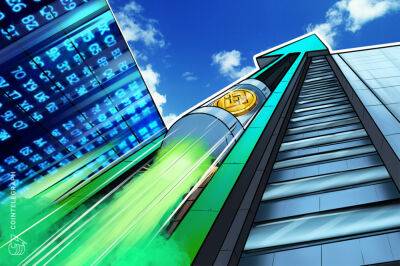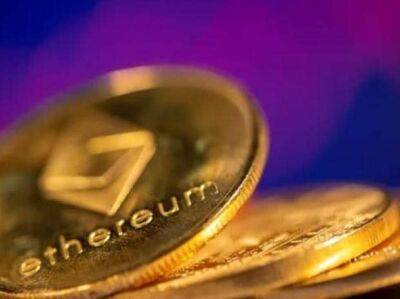Ethereum: Assessing reasons behind decline in daily revenue on network
Fees paid to process transactions on the Ethereum [ETH] network are at a one-year low, data from IntoTheBlock revealed. This can be primarily attributed to the movement of transactions. These were previously executed on mainnet Ethereum to Layer 2 scaling solutions (L2s).
At the time of writing, the total fees paid to use the Ethereum network stood at 1,490 ETH. A year ago, this was 5,280 ETH. After registering a high of 81,750 ETH as total fees on 1 May, Ethereum saw a decline in fees paid.
Source: IntotheBlock
Deriving its security from Mainnet Ethereum, L2 scaling solutions are designed to aggregate many smaller transactions and submit them to the Ethereum Mainnet (Layer 1).
With L2s, network congestion on mainnet Ethereum is reduced, and transaction throughput is enhanced.
Congestion on mainnet Ethereum leads to increased gas fees for processing transactions. Thanks to L2s, transactions are also rolled into a single transaction to mainnet Ethereum. Thereby, reducing gas fees for users.
Although offering benefits, in what ways have the activities of L2s affected the Ethereum network since the beginning of the year?
Apart from the decline in total fees paid to use the Ethereum network daily, the average fees paid per transaction has also declined significantly.
At press time, on average, it costs $2.55 to execute a transaction of Ethereum mainnet. On a Year-to-Date (YTD) basis, the average fees paid per transaction has declined by over 90%. As of 1 January, this number stood at $26.39.
Source: IntotheBlock
To process transactions faster on Ethereum, miners are incentivized through a tip function to prioritize transaction order.
This is referred to as the average priority fee. As more activity moved to L2s, less of these
Read more on ambcrypto.com


















